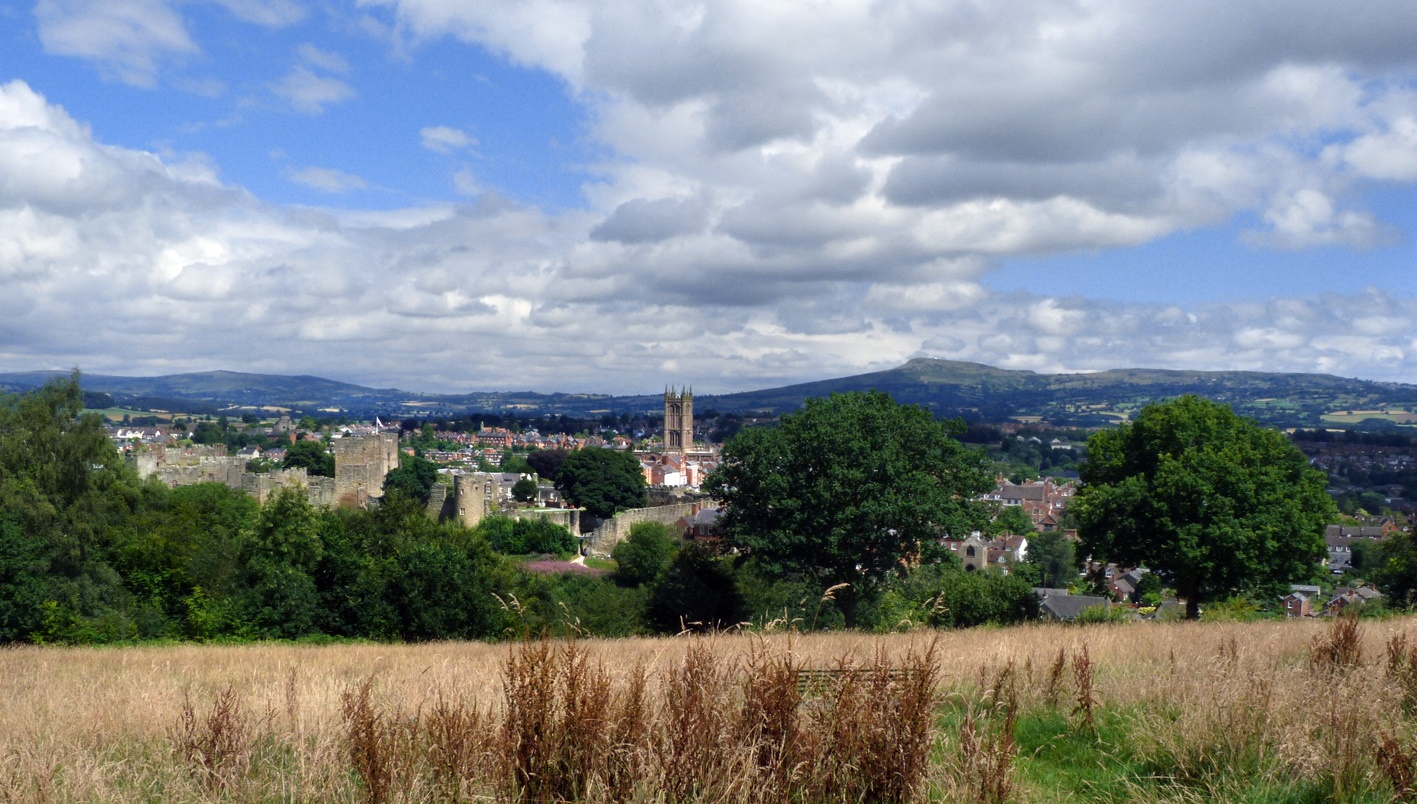Shropshire Council is currently discussing its approach to planning through to 2038. The latest consultation closed at the end of September. One of the arguments I have made is that we must protect the most important views across the county from being disrupted or destroyed by sprawl of housing and employment development.
I am proposing that the revised local plan designates and protects key views of historic monuments and important landscapes across the county.
One of the most wonderful things about Shropshire is its views. Towards the Wrekin. The Long Mynd. The Stretton Hills. Wenlock Edge. Founders Folly. The Brown Clee and Titterstone Clee. Ludlow Castle. St Laurence’s Church. And many more. Not all these views are threatened by development. But we need to recognise that the planning system is not always on our side when it comes to protecting views. Since 2012, with the introduction of the National Planning Policy Framework, planning has become less strategic and more about permitting developments that tick boxes.
Protection of views was probably first pioneered in Oxford in the early 1960s to protect views of the dreaming spires. The Oxford View Cones have served the city well for more than half a century but have not limited its development and growth. Greater London has also protected views since 2005 through the London Plan, Supplementary Planning Guidance and Borough local plans, though the policies haven’t worked as well as in Oxford due to conflicting policies and pressures promoting tall buildings. Again, this has generally served the city well despite challenges from proposals for tall buildings. There are protected view corridors in cities around the world from Edinburgh to Vancouver and San Francisco.
Although these examples are from cities, there is a clear case for protecting rural Shropshire’s most important views. Our county is not threatened by tall buildings but the spread of housing, employment and energy infrastructure such as solar farms can erode significant views. This erosion of the wonder of our landscape will probably not occur through large developments. It is likely to be a gradual accumulation of the impacts of smaller schemes.
The proposed Shropshire Local Plan 2016-2038 regrettably takes a piecemeal approach to protecting important views.
Policy SP5, which addresses high quality design, promotes:
“Sensitive siting that responds to local identity, whether urban or rural, and the relationship between existing buildings in the streetscene or landscape, including views and vistas, whilst making efficient and effective use of land and topography including landscape.”
Policy D18 concerns landscape and visual amenity and states:
“Proposals which safeguard key landscape and visual receptors, lead to the strengthening of landscape character or an improvement in visual amenity will be supported subject to other plan policies.”
Visual amenity is further discussed in paragraph 4.164 which states visual amenity is defined as:
“The overall pleasantness of the views people enjoy of their surroundings, which provides an attractive visual setting or backdrop for the enjoyment of activities of the people living, working, recreating, visiting or travelling through an area.”
At paragraph 4.235, the explanatory text for Policy DP26 notes: “Views out of the Area of Outstanding Natural Beauty from key visitor viewpoints into surrounding areas can be very significant.” Policy DP28 on communications infrastructure states proposed infrastructure should not impact on “distant views from publicly accessible locations or views from any other sensitive sites.”
These statements do not add up to a coherent policy and robust framework that will protect the views of landscapes and historic buildings for which Shropshire is renowned. That could threaten views that residents and visitors adore. These views will rarely be destroyed by a single development. It will be an accumulation of decisions taken by planning officers, councillors and planning inspectors that chip away at Shropshire’s cherished views bit by bit.
The local plan needs a specific policy to protect views. Details might be provided in supplementary planning guidance but the overarching policy should be on the face of the local plan at Strategic Policy level.
For Ludlow, these would include views towards the historic town from the south. To Ludlow Castle and St Lawrence’s Church from the north, including from the Shropshire Way, Burway lane and Bromfield Road. Longer distance views of the historic town from High Vinnals and the Titterstone Clee could also be protected.
Shropshire Council, which oversees some of the most beautiful landscapes and most important heritage assets in Britain should show introduce a groundbreaking policy to protect the most important views across the county including those around Ludlow.



There’s also the persistent problem of householders allowing garden trees to grow too large. They can do as good a job of wiping out views as a tower block would.